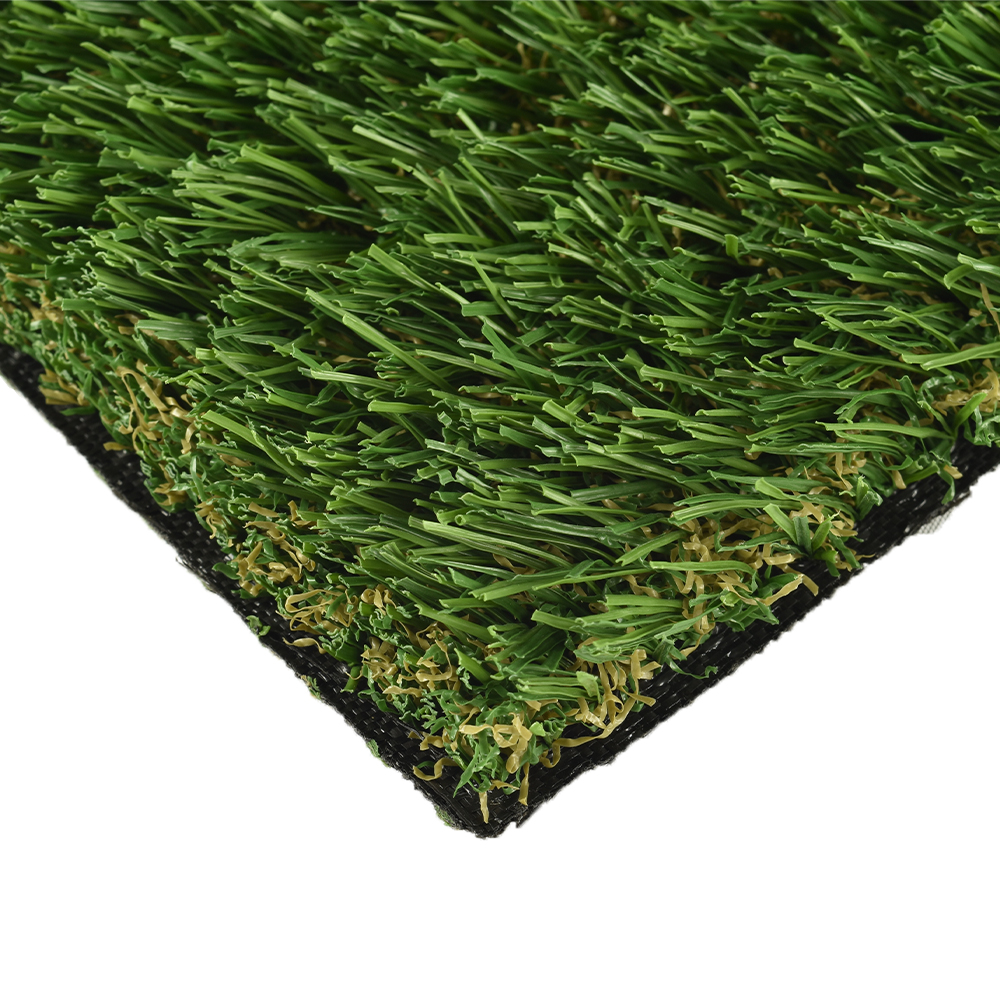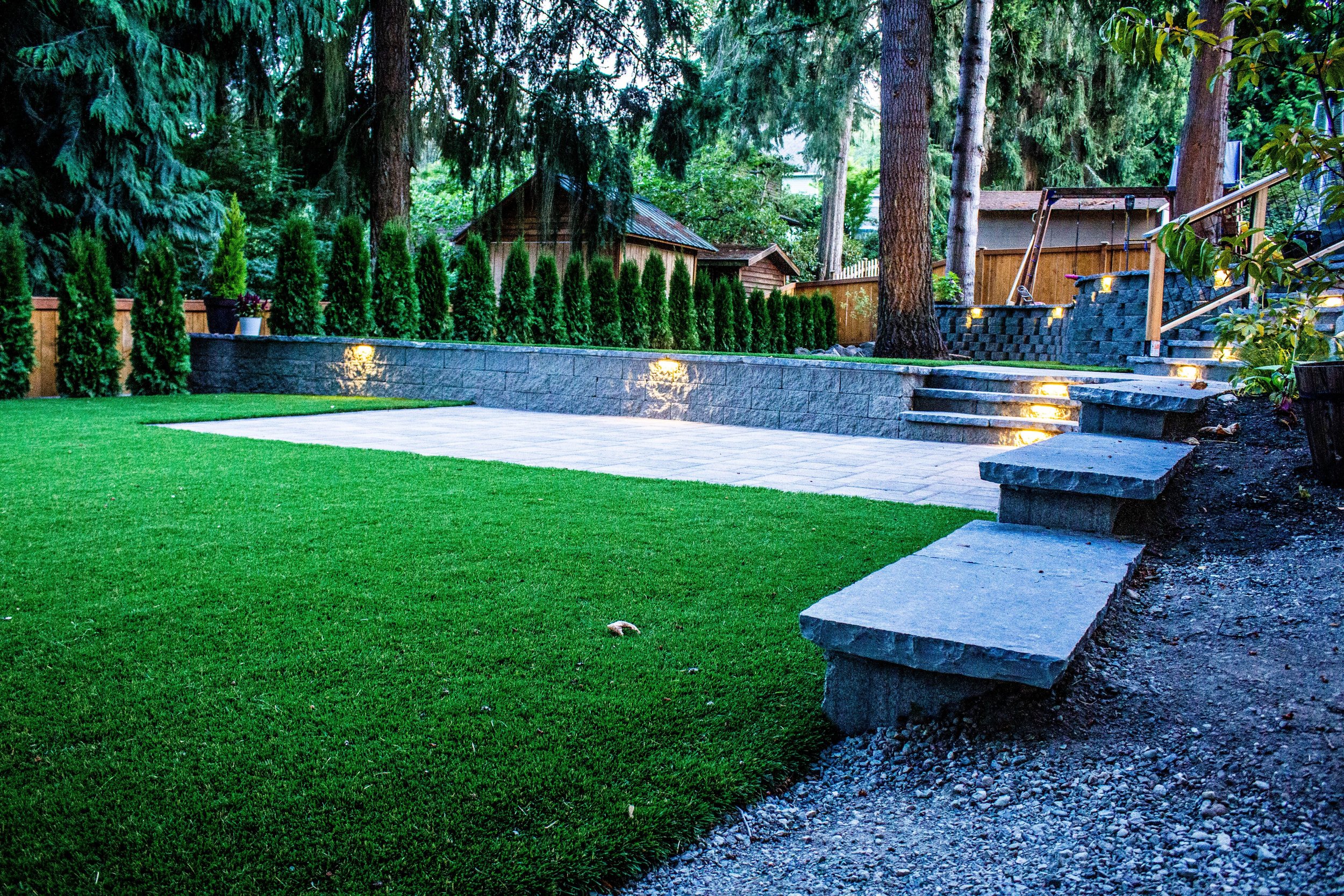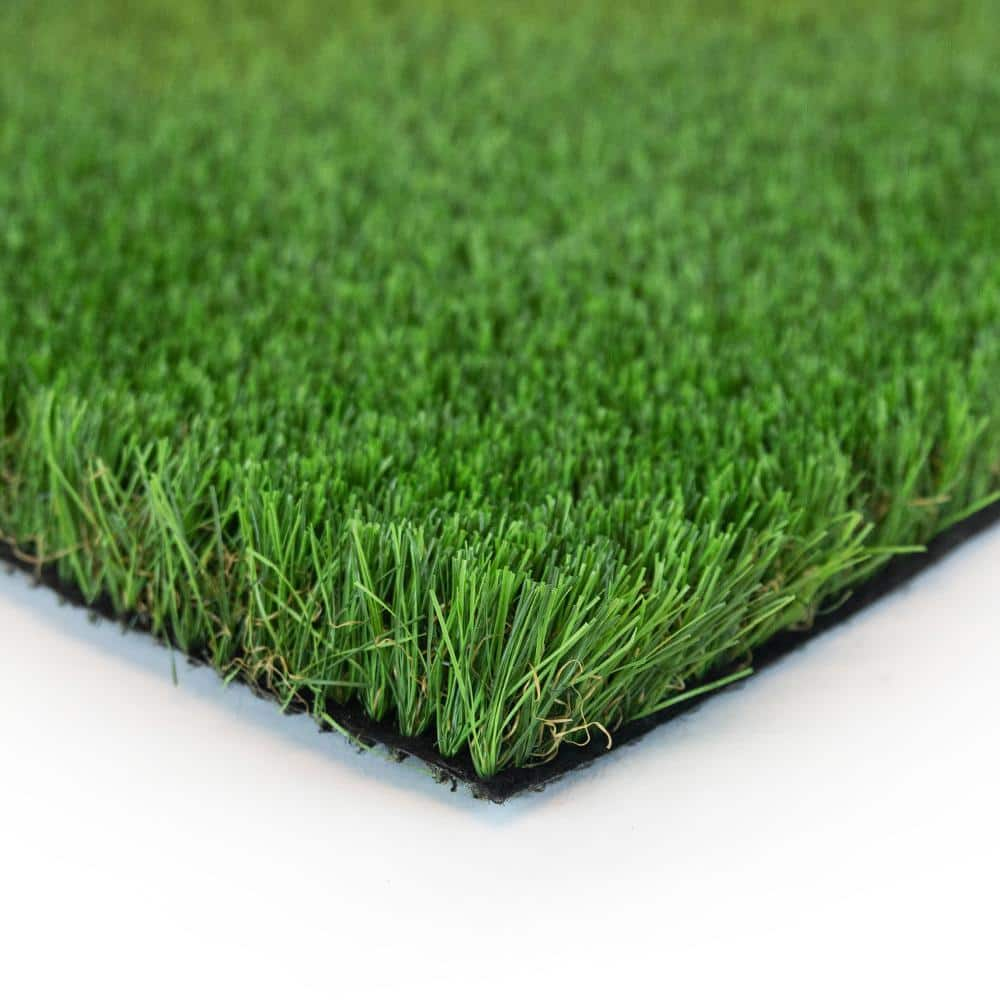Find Trusted Artificial Turf Companies Phoenix for Durable and Realistic Grass
Find Trusted Artificial Turf Companies Phoenix for Durable and Realistic Grass
Blog Article
Delve Into the Environmental Conveniences of Opting for Artificial Lawn Solutions
The adoption of fabricated turf remedies offers an engaging possibility to address pressing environmental difficulties. By dramatically reducing water usage and reducing the application of dangerous chemicals, these choices not only promote sustainable landscaping but likewise secure neighborhood ecological communities.
Water Conservation Advantages
One of the most considerable advantages of artificial lawn is its capability to save water. In contrast, fabricated grass does not need watering, significantly lowering the general demand for water sources.
By eliminating the demand for routine watering, synthetic grass contributes to sustainable landscape techniques and assists mitigate the environmental influence of excessive water intake. Furthermore, the preservation of water extends to the decrease of drainage, which can result in dirt erosion and waterway air pollution.
Furthermore, the installment of artificial grass permits municipalities and house owners to assign water resources a lot more successfully, concentrating on vital usages such as alcohol consumption water and agriculture. The shift towards synthetic grass not only promotes accountable water usage however additionally straightens with broader environmental goals aimed at protecting natural deposits.
As areas significantly focus on sustainability, the water preservation advantages of fabricated turf present a compelling case for its adoption in residential and commercial landscaping projects.
Decreased Chemical Usage
The change to synthetic grass substantially reduces the reliance on chemical therapies frequently utilized in all-natural lawn upkeep. Traditional lawn monitoring commonly involves the application of herbicides, pesticides, and fertilizers to promote development and control bugs. These chemicals can present dangers to human health, local wild animals, and the atmosphere, contributing to soil and water contamination.
In contrast, synthetic lawn eliminates the demand for these hazardous substances. By reducing the launch of artificial compounds right into the community, synthetic lawn advertises healthier soil and water systems.
Additionally, the lack of chemical runoff connected with synthetic grass setups helps secure local rivers from air pollution, supporting water life and preserving biodiversity. Artificial turf companies phoenix. As neighborhoods increasingly focus on sustainable practices, going with synthetic lawn presents a feasible remedy that straightens with ecological conservation goals. Through this shift, homeowner can delight in rich eco-friendly spaces without jeopardizing environmental health, leading the way for a much more lasting future
Reduced Carbon Footprint

Additionally, the setup of synthetic grass can result in considerable water conservation. All-natural yards require significant quantities of water for watering, which not just includes in the carbon footprint related to water extraction and treatment however likewise pressures neighborhood water sources. In comparison, artificial turf needs minimal maintenance, requiring no watering, thereby considerably minimizing water usage and its connected energy expenses.
Furthermore, the durability of synthetic turf adds to its reduced carbon impact. With a lifespan of up to 15 years or even more, the demand for regular replacements is decreased, resulting in less waste and reduced power usage in manufacturing and throwing away conventional yard original site options. In general, synthetic grass presents a sustainable option for ecologically mindful landscaping.
Environment Conservation
Habitat preservation is a critical factor to consider in the discussion over landscaping choices, specifically when contrasting synthetic turf to all-natural lawn. Natural yard yards typically require considerable upkeep, including making use of plant foods, herbicides, and pesticides, which can detrimentally affect neighborhood environments. These chemicals can leach right into the soil and rivers, harming indigenous flora and animals and disrupting regional habitats.
In comparison, synthetic grass presents a chance to reduce the ecological impact of landscaping. By choosing synthetic lawn, homeowners can lessen the disturbance of natural environments associated with standard grass care methods. Synthetic grass gets rid of the demand for damaging chemicals, therefore protecting close-by wildlife and preserving the integrity of surrounding environments. Moreover, the installation of synthetic grass can lead to the conversion of previous yard areas into more biodiverse landscapes, such as pollinator gardens or indigenous plant locations, which can sustain click for more local wildlife.
Inevitably, the change to synthetic grass not only conserves water and decreases maintenance initiatives yet additionally promotes a much more harmonious relationship in between human tasks and the natural surroundings, advertising environment conservation at the same time.
Long-Term Sustainability
Long-term sustainability is an essential factor in reviewing the benefits of synthetic grass over traditional yard lawns. One of one of the most considerable advantages of synthetic turf is its toughness; it can last as much as 15-20 years with minimal maintenance, whereas all-natural yard requires constant reseeding and substitute. This longevity reduces the requirement for consistent sources, such as water, plant foods, and pesticides, which are important for keeping a healthy and balanced yard yard.
In addition, synthetic grass contributes to a reduction in carbon discharges connected with lawn treatment equipment. Conventional grass typically need gas-powered mowers, trimmers, and blowers, every one of which add to air contamination. Arizona artificial turf. In contrast, synthetic grass eliminates the need for such tools, advertising a cleaner atmosphere
Moreover, the production of artificial turf increasingly makes use of recycled materials, improving its sustainability account. As producers embrace environmentally friendly methods, the ecological footprint of artificial grass proceeds to decrease.

Final Thought
The adoption of fabricated grass services offers considerable environmental benefits, including significant water conservation, reduced dependence on damaging chemicals, and a reduced carbon footprint. Fabricated turf help in preserving all-natural environments by reducing land check over here disruption and promoting long-lasting sustainability via the use of sturdy materials. Collectively, these variables underscore the capacity of artificial grass to add favorably to environmental health and wellness and supply a practical alternative to conventional landscaping techniques in an increasingly resource-conscious globe.
In comparison, man-made lawn does not need watering, substantially reducing the overall demand for water sources. By decreasing the release of synthetic compounds right into the ecological community, artificial grass promotes much healthier dirt and water systems.
In addition, the installation of synthetic grass can result in significant water preservation. In comparison, fabricated turf needs minimal maintenance, requiring no watering, thus substantially lowering water use and its linked power prices.

Report this page